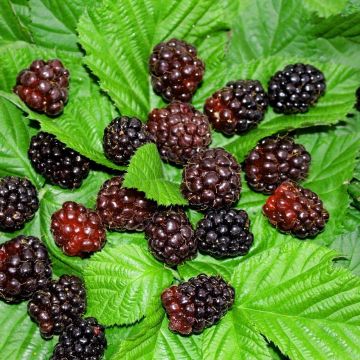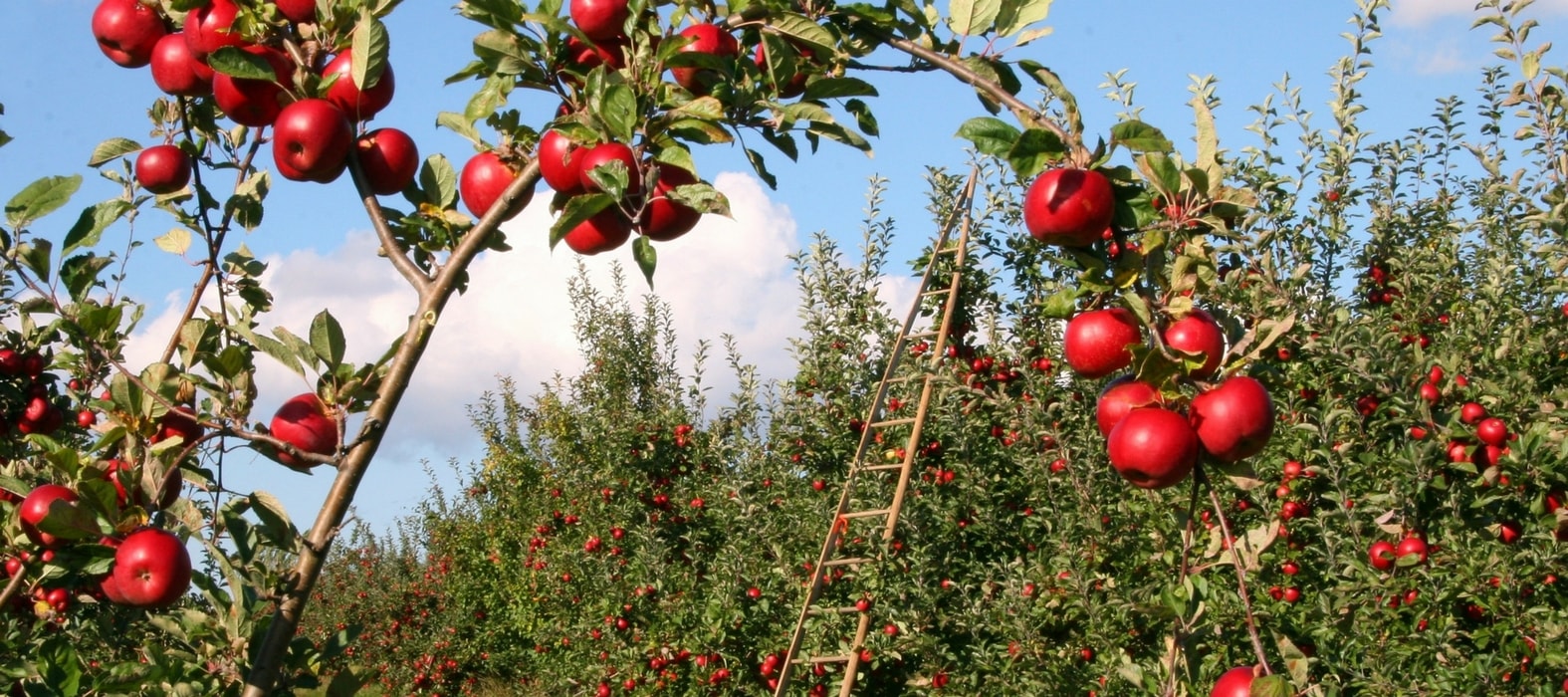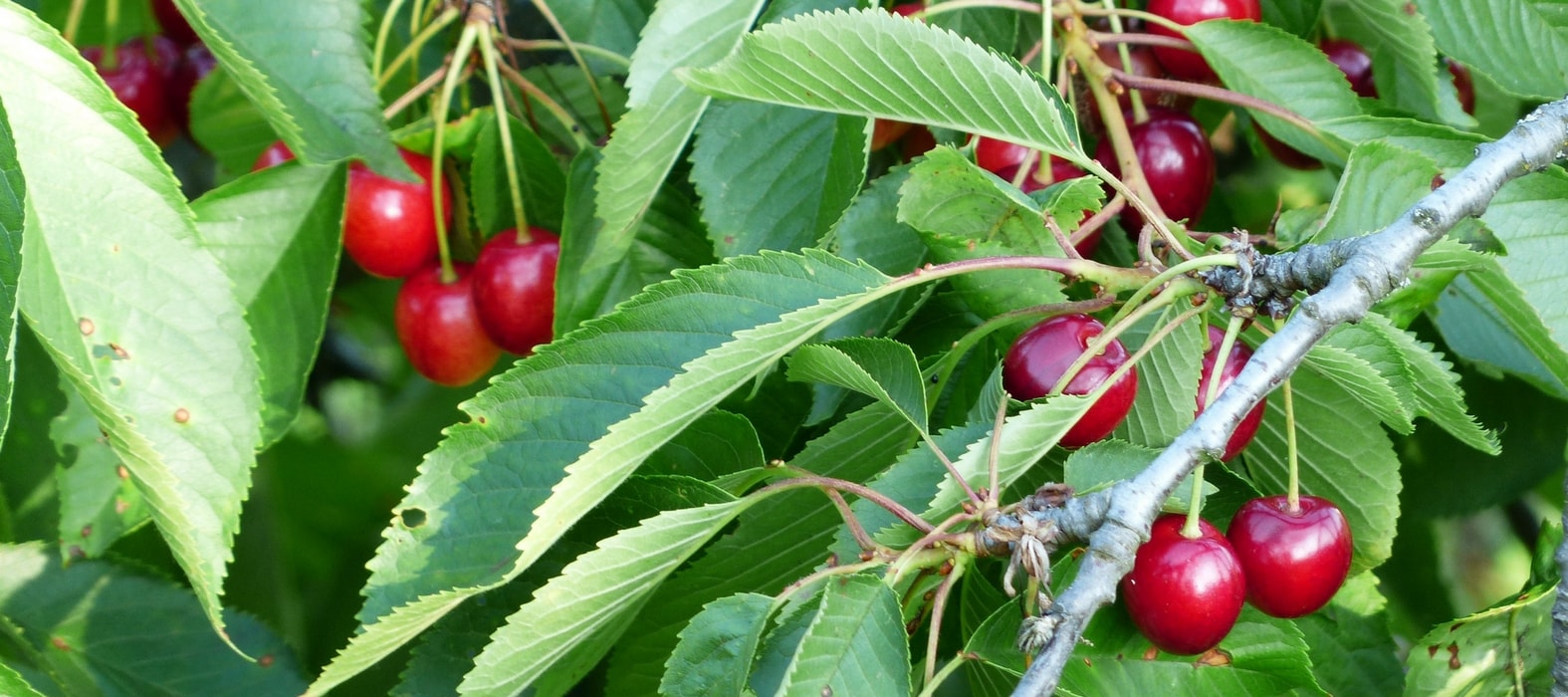

Cognassier du Japon Cido Red - Chaenomeles japonica
Japanese Quince Cido Red - Chaenomeles japonica
Chaenomeles japonica Cido Red
Japanese quince, Maule's quince
A lovely shrub with vibrant colors, a delight in the spring.
Béa, 27/09/2025
Special offer!
Receive a €20 voucher for any order over €90 (excluding delivery costs, credit notes, and plastic-free options)!
1- Add your favorite plants to your cart.
2- Once you have reached €90, confirm your order (you can even choose the delivery date!).
3- As soon as your order is shipped, you will receive an email containing your voucher code, valid for 3 months (90 days).
Your voucher is unique and can only be used once, for any order with a minimum value of €20, excluding delivery costs.
Can be combined with other current offers, non-divisible and non-refundable.
Home or relay delivery (depending on size and destination)
Schedule delivery date,
and select date in basket
This plant carries a 6 months recovery warranty
More information
We guarantee the quality of our plants for a full growing cycle, and will replace at our expense any plant that fails to recover under normal climatic and planting conditions.
Description
The 'Cido Red' Japanese Quince forms a dwarf and compact bush that is generous and easy to integrate into the garden. Firstly, with its long and bright orange-red spring flowering and then its autumn fruiting of very decorative quinces on the plant, it is much appreciated for jams, compotes, quince pastes, jellies or syrup-soaked fruits... The fruits have the shape of an apple, large-sized, measuring 7 to 8 cm (3in) in diameter, ribbed and slightly flattened at the base, with a golden yellow skin that turns orange at ripeness. The light yellow, fir, delicate flesh releases an intense and lemony fragrance, containing brown seeds. This Nordic lemon, rich in vitamin C, is astringent when raw, but its delicately flavoured flesh reveals its taste and aroma when cooked. Not exceeding 1.50 m (5ft) in height and without thorns, harvesting the fruits is easy. Hardy, reasonably vigorous, and resistant to diseases, the quince is easy to grow and requires almost no maintenance. Inn Latin Chaenomeles japonica, the Japanese Quincea, more commonly known as the Northern Citrus or Japanese Apple, belongs to the Rosaceae family, just like the apple and pear. This shrub is native to the mountainous and wooded areas of China, Japan, and Korea. It was introduced to Europe in the 17th century as a widespread ornamental shrub. Since then, numerous cultivars have been known for their intense flowering or fruit production. Chaenomeles comes from the combination of two Greek words: "chaïen" which means "to split", and "mêlea", which means "apple", hence its other name ", Japanese apple".
The variety 'Cido Red' has been selected in Latvia, where it is cultivated on a large scale for fruit production. This quince forms a small bush with reasonably rapid growth, bushy, dense, and spreading, spreading through the formation of branches from its stump, often creating a somewhat tangled, irregular branch structure without thorns. It can reach 1.20 to 1.50 meters (4 to 5 feet) in all directions at maturity, depending on the growing conditions. Its deciduous foliage comprises lanceolate, alternate leaves measuring 4 to 6 cm (2in) in length and 1.5 to 3 cm (1in) in width, with dentate edges, medium green and shiny on the upper side. The young shoots are reddish, and the young leaves bronze copper. In March-April, more or less early, depending on the duration of the winter, flowering occurs before the appearance of the leaves. The flowers bloom for 4 to 6 weeks, first on the bare branches, then among the young leaves. They are broad, 3 cm (1in) in diameter, with slightly open cups, with five petals, ranging in colour from red to orange. They are grouped in clusters of 3 or carried by a very short or absent pedicel on the previous year's branches. It is a fragrant, honey-bearing, and nectar-bearing flowering, widely visited by bees and other pollinating insects. This hardy shrub can tolerate temperatures around -20°C (-4°F) but dislikes summer humidity, which promotes the appearance of spots on the leaves and fruits. Its flowering is not very sensitive to spring frosts. This self-fertile variety does not require other quinces nearby for pollination, but the presence of another quince will improve fertility. The harvest of fruits begins in early September and extends until the end of October as they ripen.
The quinces are harvested by hand before they fall from the tree to prevent damage. The fruits can be consumed immediately after harvest. Their hard and astringent flesh makes eating raw unpleasant, so cooking them is essential. The flesh oxidises quickly once the skin is removed but without alteration of taste. Low in sugar, quince is particularly rich in fibre, especially pectin, a naturally gelling form of carbohydrate. It is also rich in antioxidants, vitamin C, and minerals (copper and potassium). This natural pectin richness facilitates the transformation of fruits into jams, quince pastes, jellies, or syrup-soaked fruits. When combined with apples, quince is delicious in compotes. It also adds flavours to sweet recipes (crumble, tart, cake, etc.).
Easy to grow and undemanding, the quince prefers sunny exposure, ordinary soil, rich and deep without excessive limestone. The 'Cido Red' Japanese Quince offers an abundant harvest and rapid fruiting, around 3 to 4 years, with optimal fruit production after 5 to 6 years. It is suitable for cultivation in all regions but needs warmth in autumn for proper fruit ripening. Compact, it is ideal in small gardens or a container on the terrace or balcony. With its naturalness, it offers an eagerly awaited early flowering after a long winter, just like Forsythias, Abeliophyllum, and Japanese dogwoods. Its branches can also be trained against a wall, on a wire frame, and accompanied by winter jasmine to save space. Its bare branches, filled with buds, are also an opportunity for beautiful tall vase bouquets. With a wide range of quince varieties, it is easy to find the best one for you.
Japanese Quince Cido Red - Chaenomeles japonica in pictures




Plant habit
Fruit
Flowering
Foliage
Botanical data
Chaenomeles
japonica
Cido Red
Rosaceae
Japanese quince, Maule's quince
Cultivar or hybrid
Other Hybrid varieties
View all →Planting and care
The Japanese Quince 'Cido Red' can be grown in all types of neutral, acidic soils without excess limestone. Planting the Quince is done in autumn/winter and is frost-free. It appreciates sunny or semi-shady exposures and sheltered areas. The Japanese Quince thrives in fertile and light soils. If you plant multiple plants, space them 1.50 to 2 m (5 to 7ft) apart for fruitful harvest or 0.80 m (0 or 3ft) to 1.20 for ornamental use.
Prepare the soil by removing rocks and unwanted weeds. Dig a hole 40 to 60 cm (16 to 24in) in all directions. Make sure to separate the subsoil from the topsoil. Mix crushed horn, well-rotted compost, or potting soil with the subsoil and pour this mixture into the planting hole. Place the root ball, cover it with the topsoil, and pack it down firmly. Water generously (approx. 10 L).
To plant it in a large pot or container, use a well-draining and relatively rich substrate, such as potting soil mixed with a little well-decomposed compost and coarse sand. If possible, place the pot in full sun and protect it from the wind.
Water regularly, especially during the first years of planting and in case of high temperatures. Mulch around the soil to limit watering and weed growth.
The Japanese Quince can be susceptible to brown rot (a fungus causing fruit rot) and scab (a fungus causing black spots on leaves and fruits). Remove affected fruits. Spray a mixture of horsetail during flowering and apply copper-based treatments when the leaves fall and at bud break. In case of an aphid attack, spray water with black soap.
Planting period
Intended location
Care
Planting & care advice
-
, onOrder confirmed
Reply from on Promesse de fleurs
Haven't found what you were looking for?
Hardiness is the lowest winter temperature a plant can endure without suffering serious damage or even dying. However, hardiness is affected by location (a sheltered area, such as a patio), protection (winter cover) and soil type (hardiness is improved by well-drained soil).

Photo Sharing Terms & Conditions
In order to encourage gardeners to interact and share their experiences, Promesse de fleurs offers various media enabling content to be uploaded onto its Site - in particular via the ‘Photo sharing’ module.
The User agrees to refrain from:
- Posting any content that is illegal, prejudicial, insulting, racist, inciteful to hatred, revisionist, contrary to public decency, that infringes on privacy or on the privacy rights of third parties, in particular the publicity rights of persons and goods, intellectual property rights, or the right to privacy.
- Submitting content on behalf of a third party;
- Impersonate the identity of a third party and/or publish any personal information about a third party;
In general, the User undertakes to refrain from any unethical behaviour.
All Content (in particular text, comments, files, images, photos, videos, creative works, etc.), which may be subject to property or intellectual property rights, image or other private rights, shall remain the property of the User, subject to the limited rights granted by the terms of the licence granted by Promesse de fleurs as stated below. Users are at liberty to publish or not to publish such Content on the Site, notably via the ‘Photo Sharing’ facility, and accept that this Content shall be made public and freely accessible, notably on the Internet.
Users further acknowledge, undertake to have ,and guarantee that they hold all necessary rights and permissions to publish such material on the Site, in particular with regard to the legislation in force pertaining to any privacy, property, intellectual property, image, or contractual rights, or rights of any other nature. By publishing such Content on the Site, Users acknowledge accepting full liability as publishers of the Content within the meaning of the law, and grant Promesse de fleurs, free of charge, an inclusive, worldwide licence for the said Content for the entire duration of its publication, including all reproduction, representation, up/downloading, displaying, performing, transmission, and storage rights.
Users also grant permission for their name to be linked to the Content and accept that this link may not always be made available.
By engaging in posting material, Users consent to their Content becoming automatically accessible on the Internet, in particular on other sites and/or blogs and/or web pages of the Promesse de fleurs site, including in particular social pages and the Promesse de fleurs catalogue.
Users may secure the removal of entrusted content free of charge by issuing a simple request via our contact form.
The flowering period indicated on our website applies to countries and regions located in USDA zone 8 (France, the United Kingdom, Ireland, the Netherlands, etc.)
It will vary according to where you live:
- In zones 9 to 10 (Italy, Spain, Greece, etc.), flowering will occur about 2 to 4 weeks earlier.
- In zones 6 to 7 (Germany, Poland, Slovenia, and lower mountainous regions), flowering will be delayed by 2 to 3 weeks.
- In zone 5 (Central Europe, Scandinavia), blooming will be delayed by 3 to 5 weeks.
In temperate climates, pruning of spring-flowering shrubs (forsythia, spireas, etc.) should be done just after flowering.
Pruning of summer-flowering shrubs (Indian Lilac, Perovskia, etc.) can be done in winter or spring.
In cold regions as well as with frost-sensitive plants, avoid pruning too early when severe frosts may still occur.
The planting period indicated on our website applies to countries and regions located in USDA zone 8 (France, United Kingdom, Ireland, Netherlands).
It will vary according to where you live:
- In Mediterranean zones (Marseille, Madrid, Milan, etc.), autumn and winter are the best planting periods.
- In continental zones (Strasbourg, Munich, Vienna, etc.), delay planting by 2 to 3 weeks in spring and bring it forward by 2 to 4 weeks in autumn.
- In mountainous regions (the Alps, Pyrenees, Carpathians, etc.), it is best to plant in late spring (May-June) or late summer (August-September).
The harvesting period indicated on our website applies to countries and regions in USDA zone 8 (France, England, Ireland, the Netherlands).
In colder areas (Scandinavia, Poland, Austria...) fruit and vegetable harvests are likely to be delayed by 3-4 weeks.
In warmer areas (Italy, Spain, Greece, etc.), harvesting will probably take place earlier, depending on weather conditions.
The sowing periods indicated on our website apply to countries and regions within USDA Zone 8 (France, UK, Ireland, Netherlands).
In colder areas (Scandinavia, Poland, Austria...), delay any outdoor sowing by 3-4 weeks, or sow under glass.
In warmer climes (Italy, Spain, Greece, etc.), bring outdoor sowing forward by a few weeks.















































